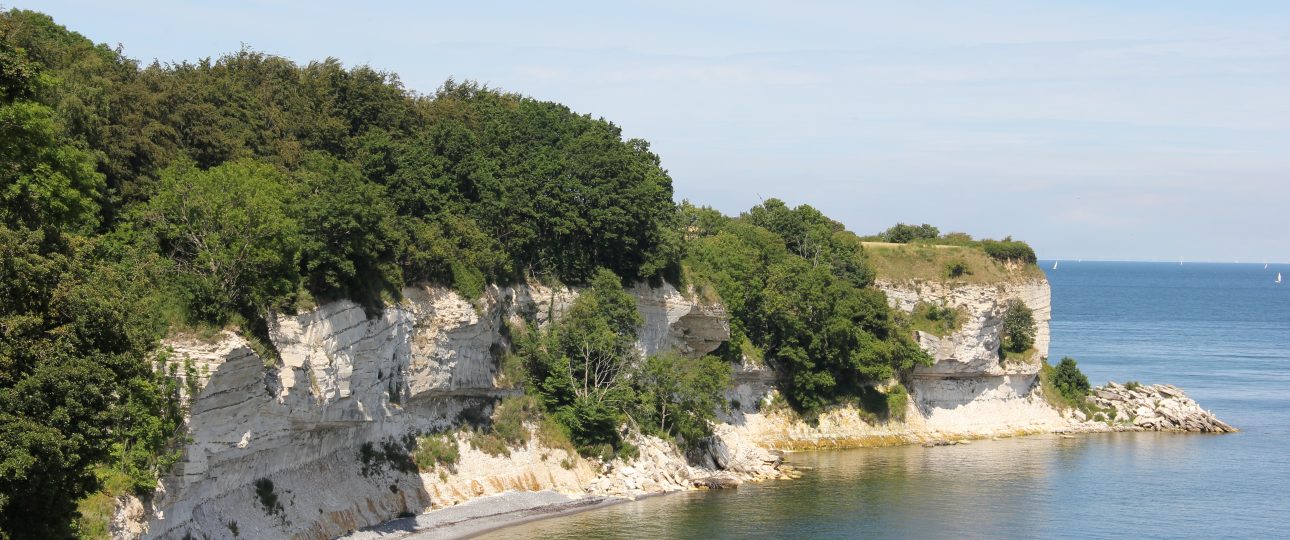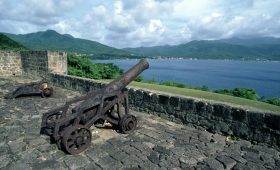Stevns Klint: A Geological Marvel in Denmark
Location and Geography
Stevns Klint is located on Denmark’s eastern coast, stretching approximately 15 kilometers along the Baltic Sea. This UNESCO World Heritage Site is renowned for its dramatic cliffs, which rise up to 41 meters high. The cliffs reveal a fascinating geological history, showcasing layers from the late Cretaceous to the early Paleogene periods. The area is rich in biodiversity, offering a habitat for various plant and animal species.
Geological and Historical Significance
The cliffs of Stevns Klint are a window into Earth’s past, marking the Cretaceous–Paleogene boundary. This is where a thin layer of clay, enriched with iridium, signifies the asteroid impact that contributed to the mass extinction event 66 million years ago. The site contains over 830 species of macrofauna, including fossils of bryozoans, brachiopods, and ammonites, offering a detailed record of life before and after the extinction event.
Best Time to Visit
For the best experience, visit Stevns Klint between June and August. The summer months provide pleasant weather and extended daylight hours, ideal for exploring. If you prefer fewer crowds, consider visiting in spring or autumn, when the area is quieter but still accessible.
How to Get There
Traveling to Stevns Klint from Copenhagen is straightforward. Take a train to Store Heddinge, the nearest town, which is about an hour away. From there, you can rent a car or use local buses to reach the cliffs. The journey offers scenic views of the Danish countryside.
Local Transportation
While a car offers the most flexibility to explore Stevns Klint and its surroundings, local buses are available for those relying on public transport. Check bus schedules in advance, as services may be less frequent than in urban areas.
Top Attractions and Activities
Clifftop Walks
Explore the well-marked trails along the cliffs for breathtaking views of the Baltic Sea. The area is a haven for birdwatchers, with numerous species inhabiting the cliffs.
Stevnsfortet
Visit the Cold War Museum Stevns Fortress, an underground complex built in 1953. The museum offers guided tours through 1.6 kilometers of tunnels, showcasing military history and the strategic importance of the site during the Cold War.
Højerup Church
Discover the old Højerup Church, dating back to 1200. A landslide in 1928 caused part of the church to fall into the sea, but the remaining structure offers a unique historical perspective. Access the cliff via steps from the church for stunning views.
Rødvig Harbor
Rødvig Harbor, a charming fishing village, is perfect for a relaxing visit. Enjoy fresh seafood and picturesque views of the coastline, capturing the essence of Danish maritime culture.
Stevns Klint is a destination that combines natural beauty with profound historical and geological significance. Whether you’re a history enthusiast, nature lover, or simply seeking a unique travel experience, this site offers a compelling glimpse into Earth’s past and Denmark’s cultural heritage.




